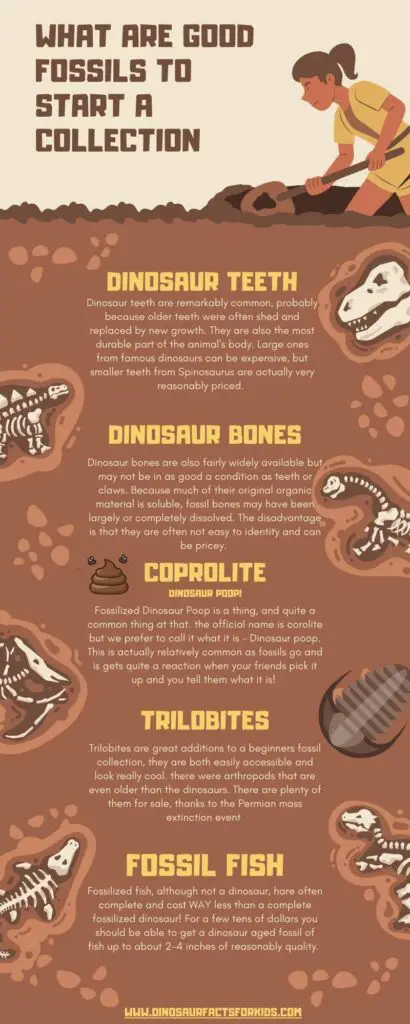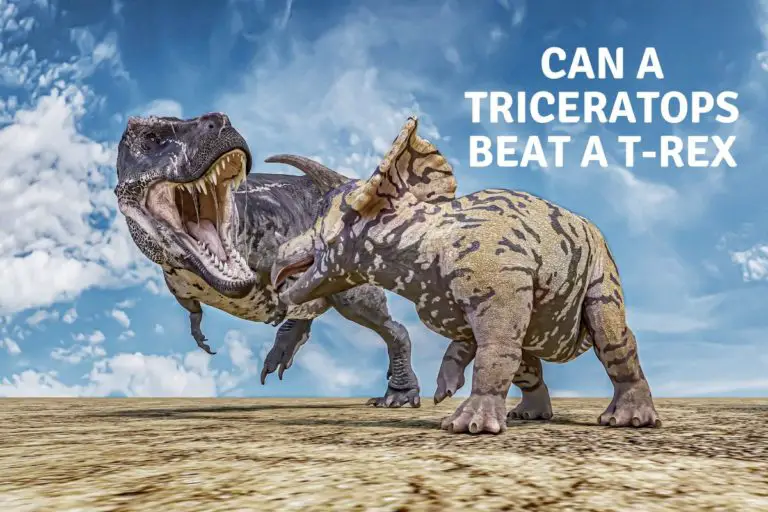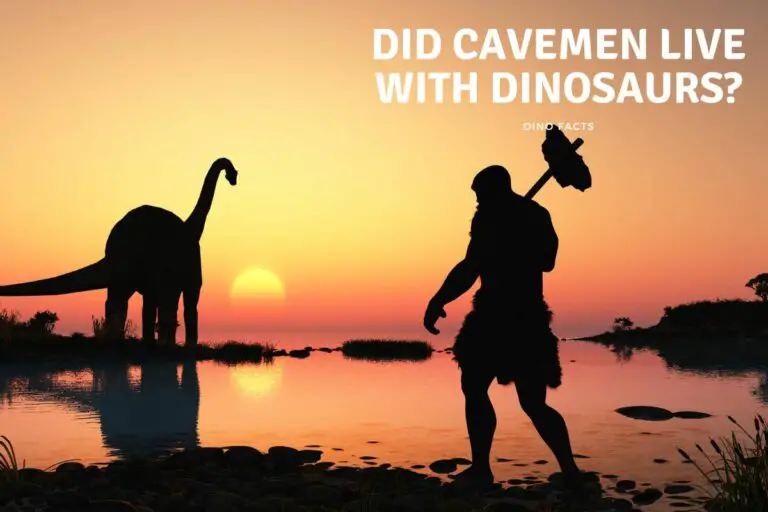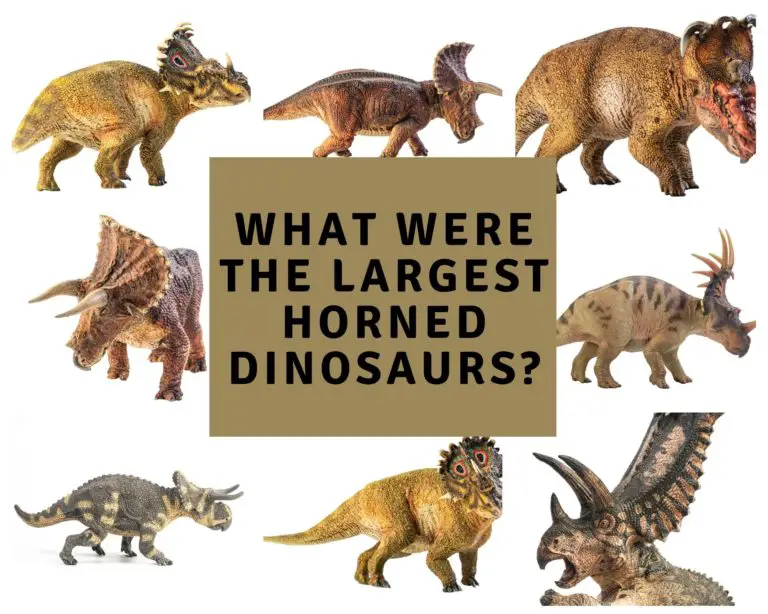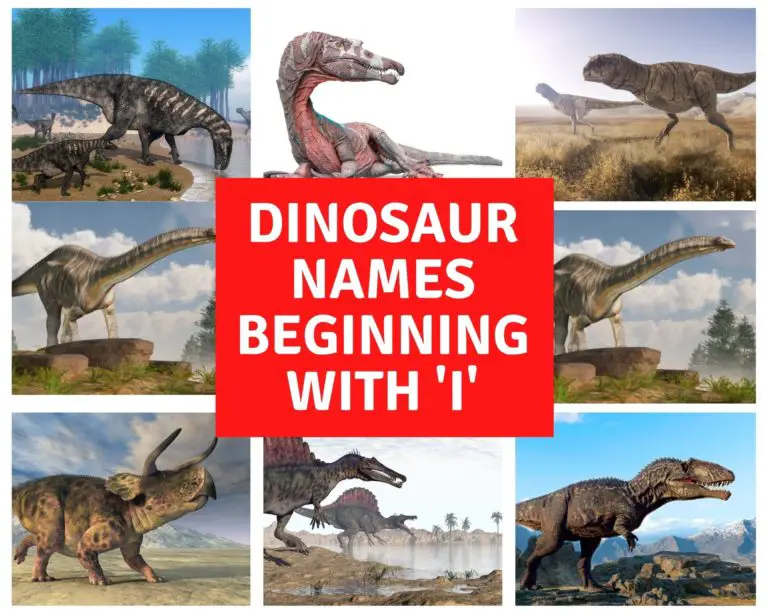How to Start A Dinosaur Fossil Collection?
To some people, fossil collections belong in museums where boring scientists argue about how old they are and how they are related to one another. Dinosaur fossils, particularly, are often perceived as large, ugly, and expensive collections of dusty bones of little interest to most people. This is a false perception, as shown by the number of people who may have large personal collections.
Starting a personal dinosaur fossil collection can be a most satisfying experience and need not be an expensive exercise. More adventurous collectors may wish to search for their specimens in the field, but reputable dealers usually have good quality specimens available at affordable prices.
The study of fossils is a fascinating field enjoyed by many people blessed with inquiring minds. While complete skeletons may be rare and expensive to collect, certain dinosaur fossils are comparatively plentiful and easy both to locate and one the wallet.
We have a how to start a fossil collection infographic you can share or use below, just click on it to make it bigger.
What Are Good Fossils To Start a Collection?
We have 8 suggestions to get started with fossil collecting here, and these are the ones that we started with. They are inexpensive, initially at least, and it is a great feeling to hold in your hands a real part of a dinosaur for the first time.
Fossil Dinosaur teeth
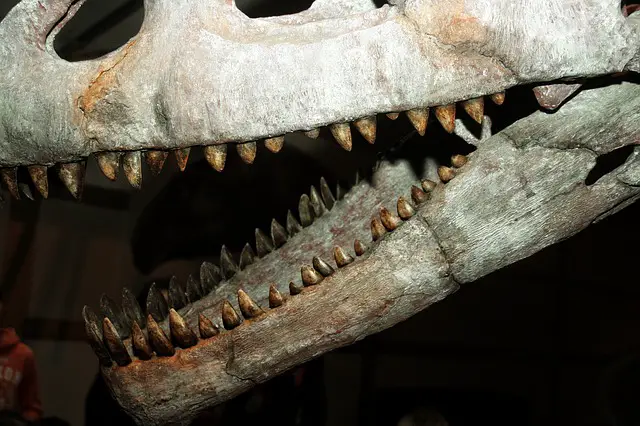
Fossil dinosaur teeth are remarkably common, probably because older teeth were often shed and replaced by new growth. They are also the most durable part of the animal’s body. They are very similar in makeup to modern mammal teeth with a hard enamel outer coating and are therefore most likely to be preserved.
Shark teeth a available buy the bag in a lot of places there are so numerous, and while they may not be as old as dinosaurs, they can still be 10s of million of years old and you can even get ones as large as megalodon size for maybe 10-30 USD.

The bags of smaller ones can be under 10 dollars easily. I kinda have to include a photo of my Megalodon tooth here for show! Again not a dinosaur, but still very impressive.
Fossilized Dinosaur Claws

Almost as common and usually well-preserved are dinosaur claws. They are similar to modern bird and reptile claws and were largely composed of tough keratin, so, like teeth, they are often found well preserved.
Because they are freely available and comparatively inexpensive, a collection of dinosaur teeth and claws in good condition may be attractive specimens for a group display.
Fossilized Dinosaur Bones

Dinosaur bones are also fairly widely available but may not be in as good a condition as teeth or claws. Because much of their original organic material is soluble, fossil bones may have been largely or completely dissolved and the structure replaced by inorganic compounds. As a result, some are extremely fragile and difficult to preserve.
Coprolite – Fossilized Dinosaur Poop!
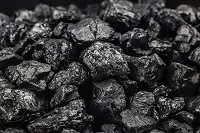
Fossilized Dinosaur Poop is a thing, and quite a common thing at that. the official name is corolite but we prefer to call it what it is – Dinosaur poop. This is actually relatively common as fossils go as dinosaurs were pretty big, and ate a lot, so they left piles of this all over the place.
Coupled the fact that not that many other animals made a feast of it, though of course insects would have had a go, means it has remain as fossils all over the world.
We actually used it in our classrooms as a “guess what it is” game during dinosaur lessons, and in typical monkey see monkey do fashion we would ask our students to guess what is was, give it a big sniff and then hand it round. Without fail every single student would give it a good old smell before passing it on.
Then after guessing, eyes, toes, bones we would let them know they just got a noseful of real dino droppings! ( as Ian Malcolm would say) it is a great way to get them involved and works just as well with adults as children. Just don’t bring it out at the dinner table.
(for reference it smells exactly like what it is…. rock!)
Fossilized Fish
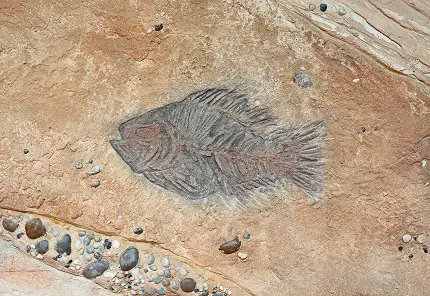
Fossilized fish are, again, not a dinosaur, however they often come complete and having a complete fossil often costs much more if it isn’t a fish! For a few tens of dollars you should be able to get a dinosaur aged fossil of fish up to about 2-4 inches of reasonably quality.
Fossilized Dinosaur Egg Shells
If you try to get a whole dinosaur egg you might be spending thousands to get a complete one into your collection, but of course for all those that didn’t hatch there are million that did. these fragments, which still have the texture of the egg, are available for not much money at all.
They will only be about an inch square but are real, look real, and can be felt to be real. not bad for a beginners fossil collection!
Fossilized Trilobites
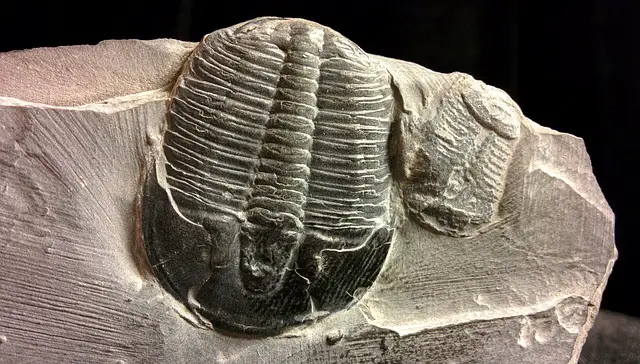
Trilobites are great additions to a beginners fossil collection, they are both easily accessible and look really cool. there were arthropods that are even older than the dinosaurs. there hard exo skeletons means they survived fossilization really well,
and not so fortunately for them, there seem to die en masse in areas which means they were preserved in one piece ( without other fish or predators taking a chunk out of them. which means you can get a fossil of the whole animal, rather than just an unrecognisable section.
Small ones often in the matrix ( the rock they were found) are great and ones an inch or two can be picked up very cheaply.
Ammonites

These like the trilobites are really common fossil finds, even on beaches and in cliffs. they can be so common that tables and even kitchen surfaces can be made of them! They are molluscs, with shells and actually could grow very large. However the smaller ones are very cheap, and often appear in the fossil collection sets.
They are a great addition to a fossil collection as they are recognizable for the animal they actually were.
What About Casts Or Replicas?
It may seem disappointing to resort to ‘fake’ dinosaur fossils, but it may also make a lot of sense. Apart from the possible difficulty of finding suitable specimens, not to mention the cost of larger or less common fossils, casts or replicas are often much more affordable to the first-time collector. They are also available from reputable dealers.
Casts and replicas are far more common than may at first be thought. Most museums do not have their original fossils out on display. Because they are valuable and probably fragile, casts of dinosaur bones, for example, are commonly used for display purposes, especially since a fair amount of skeletal reconstruction may have been necessary.
Examining and admiring replicas, which are usually accurate representations of the originals, would allow a private collector to appreciate and understand the anatomy and life of the extinct animal. Such replicas could provide a satisfying substitute for the real thing until original specimens are available and affordable.
So take a page out of most natural history museums and look at replicas, they offer great value for money and you can get larger and more recognizable specimens for much less that there real version. You can even get full dinosaur replicas of Allosaurus and T-Rex for a price ( a fairly high price it has to be said)
A Guide to Affordable Fossil Collecting may be read here.
Where Do I Get Fossils From?
The question for amateur fossils collectors is where to get their fossils – to buy them or collect them themselves. Both options are feasible.
Where To Buy Fossils
Unfortunately, illegal commercial trade in dinosaur fossils exists but good quality specimens are freely available from many reputable retailers. The dilemma then facing the collector is how much they are prepared to spend. Large specimens like complete skeletons are very expensive, but many smaller, reasonably-priced items are usually available.
A range of available specimens and prices can be viewed at Fossilera.com, with their smaller items available here. Care should always be taken to establish the seller’s trustworthiness, but a web search should bring up several reputable dealers.
Can I Collect The Fossils Myself?
As we have mentioned, collecting fossils in the field is a feasible option, but not everyone has the resources to match those available to the Natural History Museum. Some individual collectors, such as this self-taught dinosaur tracker, have successfully proved that amateurs can make valuable contributions. An interesting article involving volunteer fossil hunters can be read here.
A word of warning. Laws governing fossils may vary from state to state, so establishing the legality of collecting is advisable. Federal Laws should also be considered.
Fossils collected on private land are mostly considered the landowner’s property, so collectors should seek permission before attempting to remove any finds. Fossils collected on public or federal land are usually protected and may not be removed without permission. It would also be advisable to report any significant findings to the Bureau of Land Management. jUst before you load up that triceratops skull you find!
Do Dinosaur Fossils Need Special Care?
Fossils have survived in rocks for more than 65 million years, so it may seem odd to think they may now need special care.
Fossil teeth and claws are usually in quite a good condition when found and typically need little attention. Not surprisingly, there is often visible wear and tear for specimens of that vintage, with chipping or damaged tips of teeth being quite common, but unless the specimen has been badly chipped or broken, it is probably best left as it is.
Dinosaur bones are a different matter. Replacement of the original bone material by various naturally occurring minerals is quite common, resulting in a fragile structure. In addition, bones may be fractured or even broken into several pieces, so great care may be needed in handling them.
Preserving more delicate specimens is complex and requires great care and expertise. The amateur collector would probably not have access to the techniques and compounds needed to repair or strengthen fragile bones.
Embarking on the reconstruction of broken bones and the reassembly of limbs or skeletons is a time-consuming and expensive process requiring specialized knowledge and techniques, so this is probably best left to professional restorers.
Interesting articles on the complexities of professional care and preservation of fossils may be read at the Smithsonian site and the Florida Museum site.
How Best Can I Display My Dinosaur Fossils?
Collections of smaller specimens may be displayed in cabinets or, less elaborately, on shelves or flat surfaces such as tabletops. As appropriate, items can be grouped or mounted individually on cloth liners in shadow boxes to enhance their attractiveness.
Larger items could be displayed individually, mounted on a wooden base. Some may even be appropriate as centerpieces on a table. It may also be interesting to make labels giving the dinosaur’s scientific name and the geological period during which it lived.
Conclusion
Collecting dinosaur fossils is an interesting activity and need not be expensive. Reputable dealers usually have a good range of smaller, less expensive specimens suited to beginners’ pockets. A satisfying range of fossils may be accumulated fairly economically as a start to a more ambitious collection.
More adventurous collectors may prefer to do their own fossil hunting. Still, it would be wise to consult with other local collectors to locate suitable sites and establish legal restrictions that may govern fossil collecting.
References
https://en.wikipedia.org/wiki/Fossil_collecting
https://owlcation.com/stem/A-Guide-to-Affordable-Fossil-Collecting
https://www.fossilera.com/fossils-for-sale/dinosaur-fossils
https://www.fossilera.com/fossils-for-sale/dinosaur-teeth
https://www.nhm.ac.uk/discover/how-to-find-a-dinosaur.html
Hi, I am Roy Ford a General Studies and English Teacher who has taught all over the world. What started as a fossil collection became a great way to teach, motivate and inspire students of all ages and all over the world about dinosaurs and from that and children’s love of dinosaurs came the site dinosaur facts for kids, a resource for all ages.

